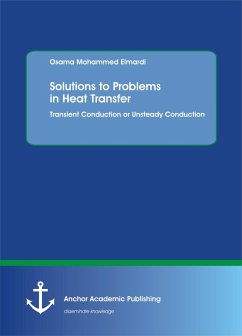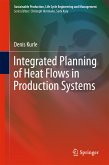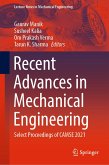Many heat transfer problems are time dependent. Such unsteady or transient problems typically arise when the boundary conditions of a system are changed. For example, if the surface temperature of a system is altered, the temperature at each point in the system will also begin to change. The changes will continue to occur until a steady state temperature distribution is reached. Consider a hot metal billet that is removed from a furnace and exposed to a cool air stream. Energy is transferred by convection and radiation from its surface to the surroundings. Energy transfer by conduction also occurs from the interior of the metal to the surface, and the temperature at each point in the billet decreases until a steady state condition is reached. The final properties of the metal will depend significantly on the time - temperature history that results from heat transfer. Controlling the heat transfer is one key to fabricating new materials with enhanced properties. The author's objective in this textbook is to develop procedures for determining the time dependence of the temperature distribution within a solid during a transient process, as well as for determining heat transfer between the solid and its surroundings. The nature of the procedure depends on assumptions that may be made for the process. If, for example, temperature gradients within the solid may be neglected, a comparatively simple approach, termed the lumped capacitance method or negligible internal resistance theory, may be used to determine the variation of temperature with time. The entire book has been thoroughly revised and a large number of solved examples and additional unsolved problems have been added. This book contains comprehensive treatment of the subject matter in simple and direct language. The book comprises eight chapters. All chapters are saturated with much needed text supported and by simple and self-explanatory examples.
Dieser Download kann aus rechtlichen Gründen nur mit Rechnungsadresse in A, B, BG, CY, CZ, D, DK, EW, E, FIN, F, GR, HR, H, IRL, I, LT, L, LR, M, NL, PL, P, R, S, SLO, SK ausgeliefert werden.









